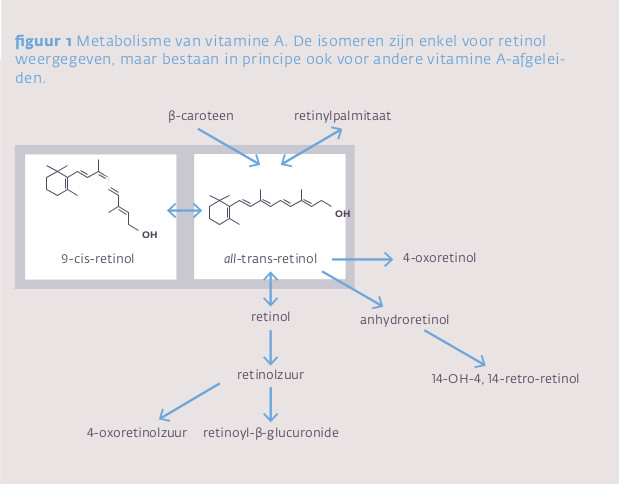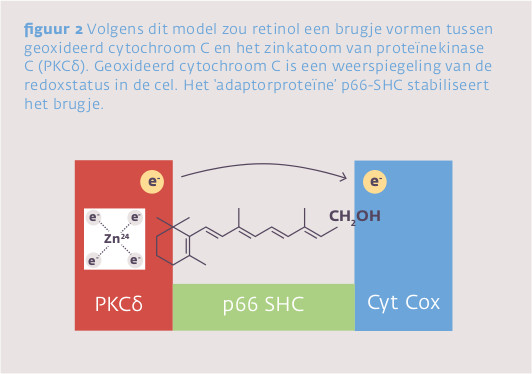
Vitamine A
Toxisch en onmisbaar
Vitamine A kan in overmaat toxische reacties uitlokken, zowel acuut als chronisch. Zelfs gewone voeding schijnt te veel vitamine A te kunnen bevatten, maar dan blijft nog de vraag vanaf welke dagelijkse hoeveelheid die nadelige effecten optreden. Recent werd een nieuwe functie aan vitamine A toegekend, nog wel als cofactor in de mitochondriën.
Beste bezoeker, u heeft geen toegang.
Enkel (web)abonnees hebben toegang tot tijdschriftartikelen. Het webabonnement is nog in de maak.
U kunt zich wel alvast (gratis) registreren en tal van andere webartikelen raadplegen!







